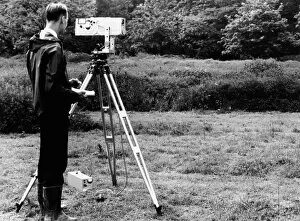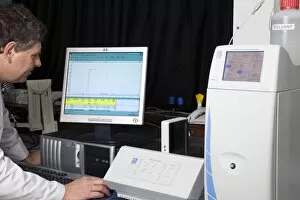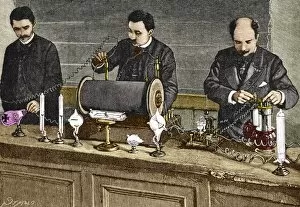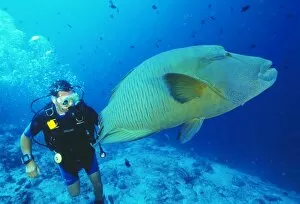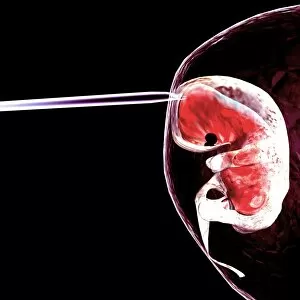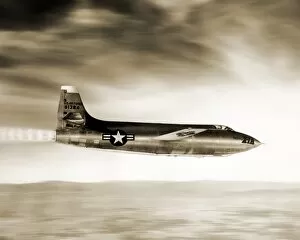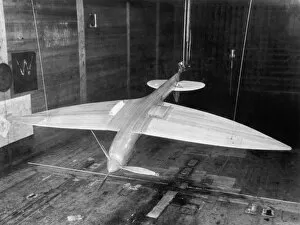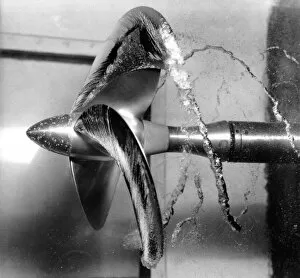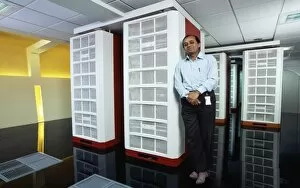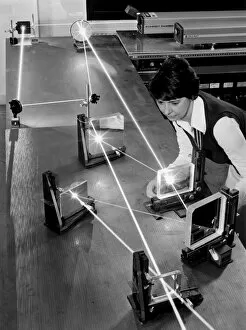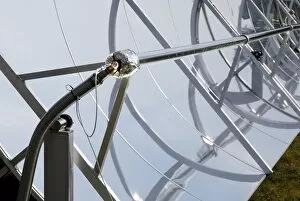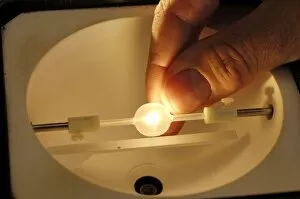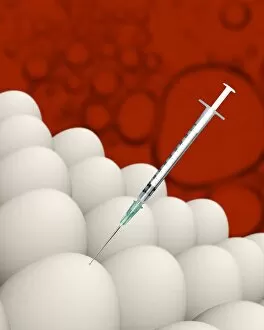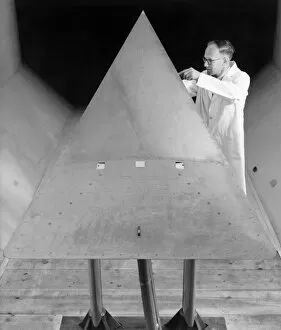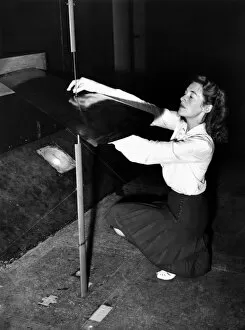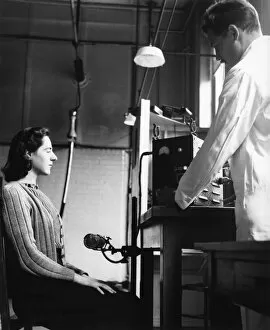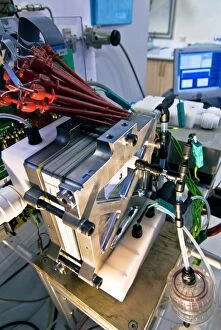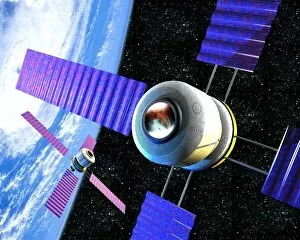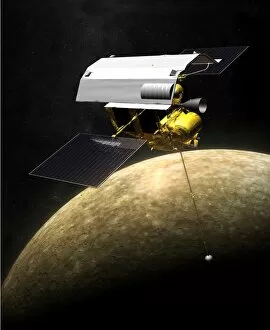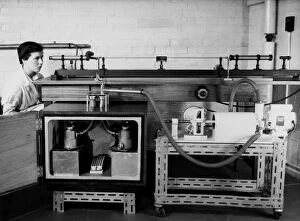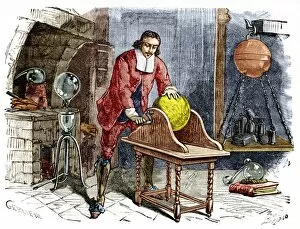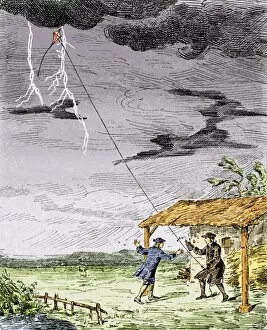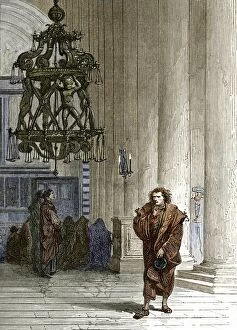Researching Collection (#7)
"Unveiling the Secrets: A Journey Through Time and Space in Research" Embarking on a scientific odyssey
For sale as Licensed Images
Choose your image, Select your licence and Download the media
"Unveiling the Secrets: A Journey Through Time and Space in Research" Embarking on a scientific odyssey, researchers have been unearthing groundbreaking discoveries for centuries. From the invention of the mass spectrometer in 1954 to Simpson's pioneering work on anaesthetics in the 1840s, these milestones have propelled us forward. Witnessing the space shuttle landing, we marvel at humanity's relentless pursuit of knowledge beyond our earthly boundaries. Meanwhile, a black-capped chickadee poses against a pristine white background, capturing its essence with artistic precision. Intriguingly adorable, a harvest mouse meticulously cleans its nose on common hogweed—a charming moment frozen in time. The anti-proton experiment conducted at Berkeley in 1955 showcases our quest to unravel the mysteries of particle physics. Delving into our roots, we explore intricate family trees that connect generations past and present. A whimsical microbiology caricature from the 19th century reminds us of how far we've come in understanding microscopic life forms. Glimpses into history reveal an early telephone depicted through historical artwork—an innovation that revolutionized communication forever. Soviet Arctic explorer Papanin braves treacherous terrains while Nikolai Vavilov tirelessly studies botany—both emblematic figures who pushed boundaries for scientific exploration. Amidst it all lies elemental analysis—the cornerstone of countless breakthroughs across various disciplines—unlocking nature's secrets one element at a time. Research is not merely about facts; it represents humanity's insatiable curiosity and unwavering determination to push boundaries further than ever before, and is this spirit that propels us towards new frontiers and fuels our endless pursuit of knowledge.



